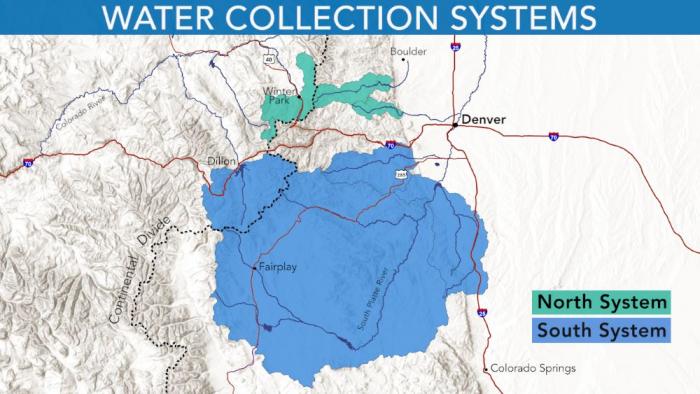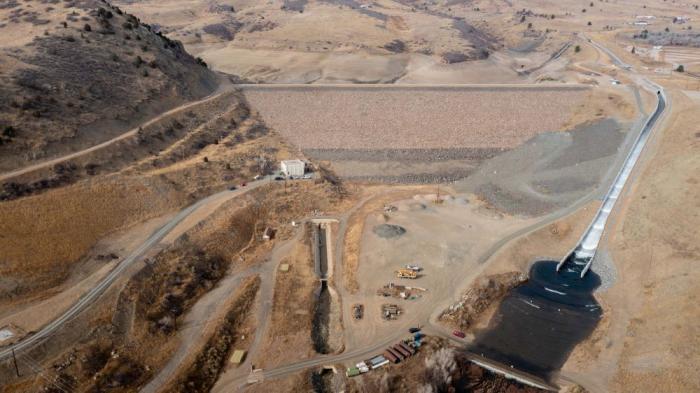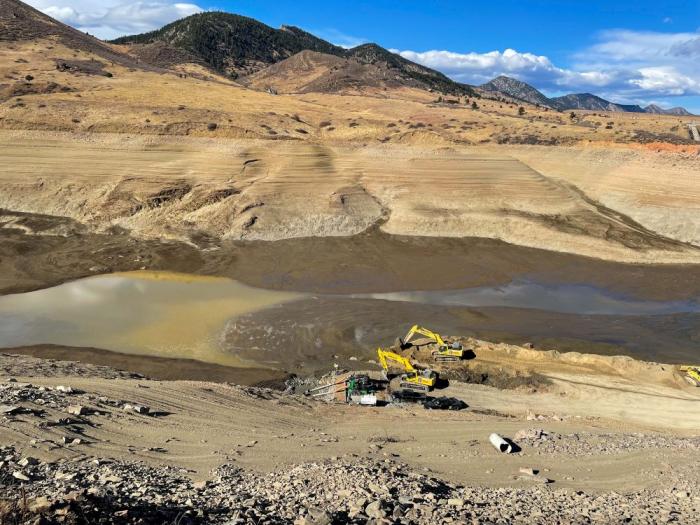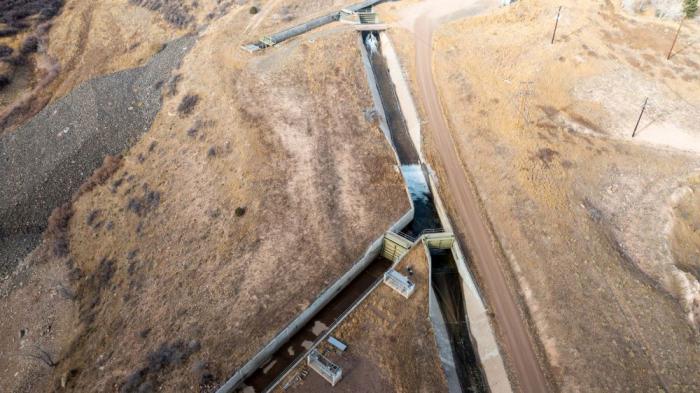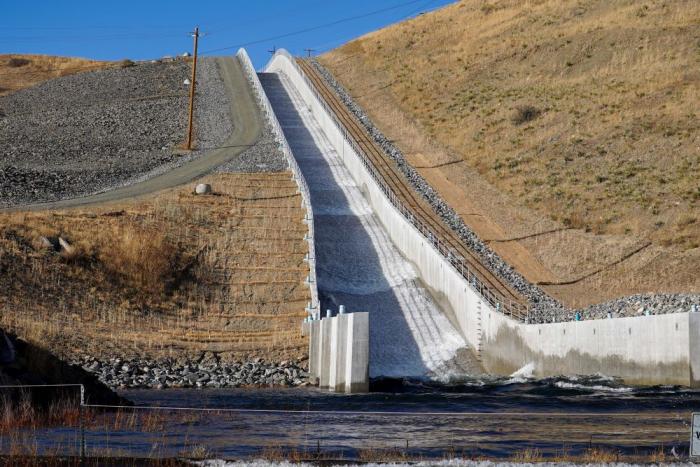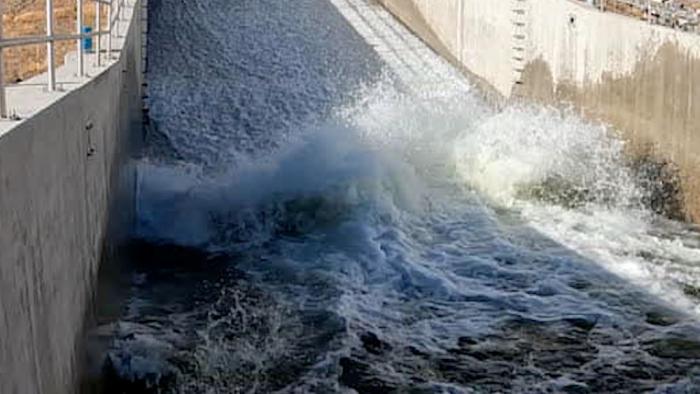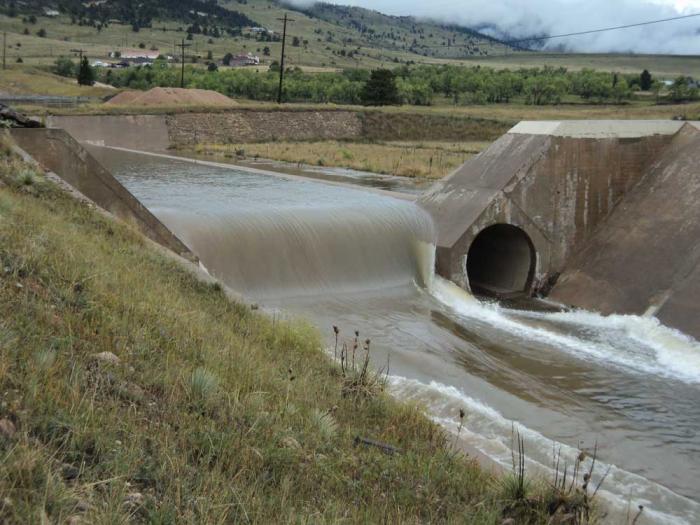New spillway steps up when the reservoir is down
Ralston Reservoir is a key part of Denver Water’s North System.
It’s job? To store water that’s been brought down from the mountains until that water is ready to go to a treatment facility.
The reservoir was drained in fall 2021 so construction crews could work on an important upgrade to the pipes and valves that run through the bottom of the dam.
Knowing the dam would be unavailable for several months during the renovation project, Denver Water planned ahead to supply water to its customers solely from water in the south side of its collection system.
The utility’s South System brings water to the Front Range from Dillon Reservoir in Summit County and reservoirs along the South Platte River.
But during the construction work on the North System, Denver Water still had to deliver water to the city of Arvada and North Table Mountain Water and Sanitation District, which are not connected to the South System.
Denver Water has been supplying water to both utilities since the 1960s.
In order to get water to Arvada and North Table Mountain, Denver Water used an auxiliary channel at Ralston to send water around the reservoir and into the spillway.
The spillway is located on the north side of Ralston Dam. It’s a concrete chute that is 1,077 feet long with an elevation change of 201 feet between the highest and lowest point.
The original spillway was constructed when the dam was built in the 1930s. It was replaced in 2020 to meet today’s engineering standards.
Once water poured down the spillway, it spilled into Ralston Creek and flowed downstream to a point where Arvada and North Table Mountain capture it for use by their customers.
The upstream diversion channel, which feeds into the spillway, is not used very often. This unique feature at Ralston provides Denver Water with an alternate way of moving water around the dam.
Spillways also are an important safety feature of a dam.
For example, when a reservoir reaches capacity, excess water is designed to flow down the spillway instead of going over the top of the dam.
This happened at Ralston in September 2013, after record levels of rain fell over Boulder and Jefferson counties, which increased the flow of water into the streams and canal that feed into Ralston Reservoir.
The spillway will not run continuously during the construction project at Ralston Dam, but only on occasion when Denver Water needs to deliver water to Arvada and North Table Mountain.
Once the construction project is completed in spring 2022, the reservoir will be filled up again and Denver Water will use the new pipes to move water through the dam.
The construction work is part of Denver Water’s North System Renewal, which involves major infrastructure upgrades to pipes, canals, tunnels and dams in Boulder, Gilpin, Grand and Jefferson counties.


